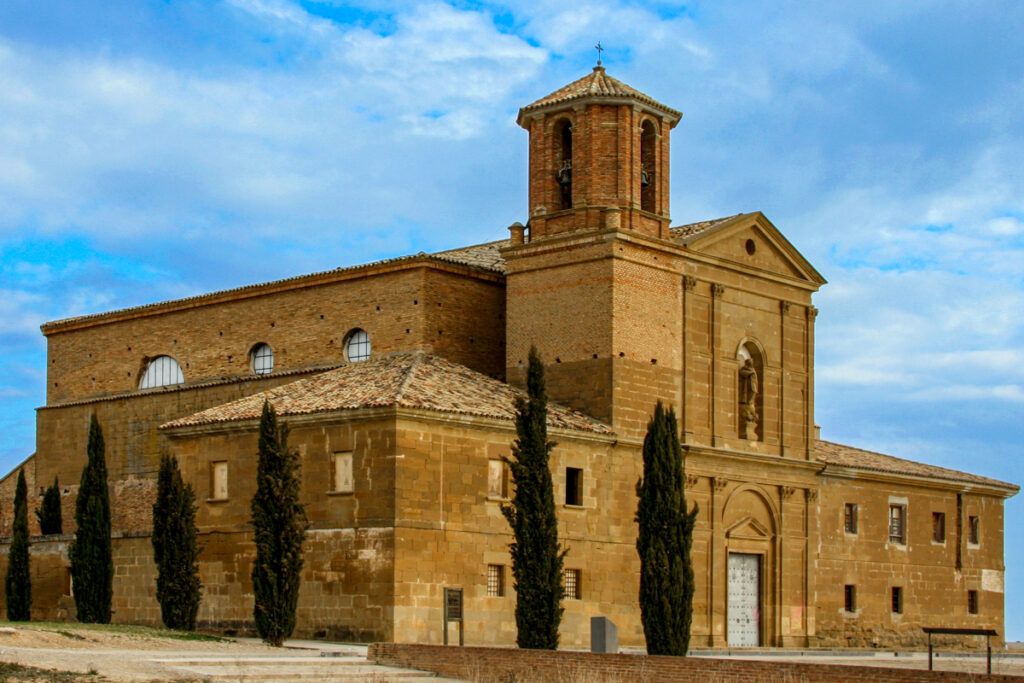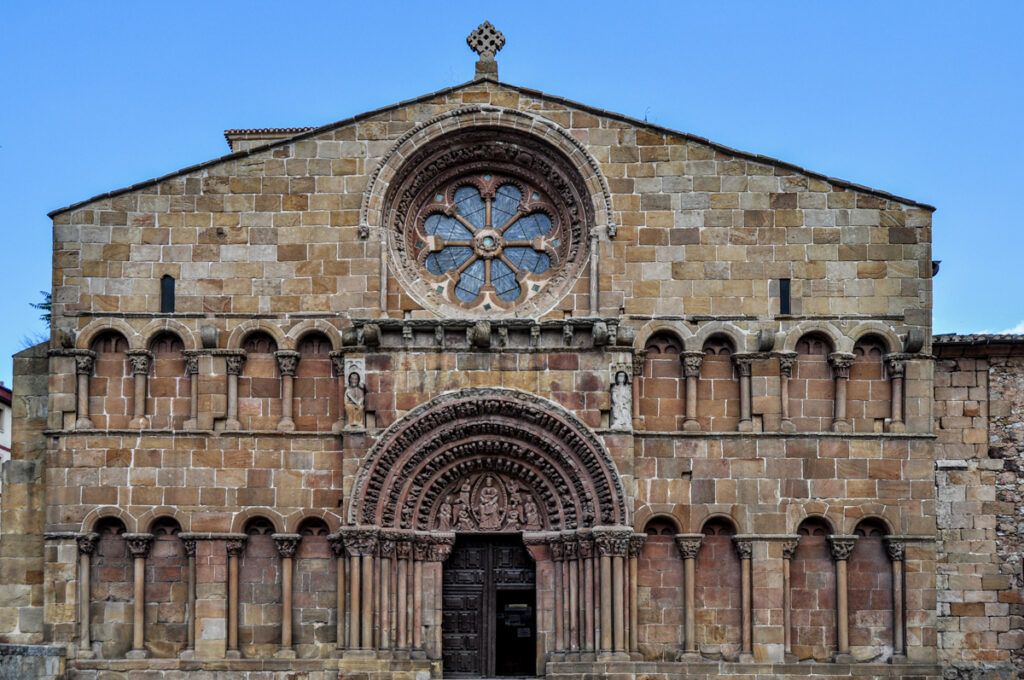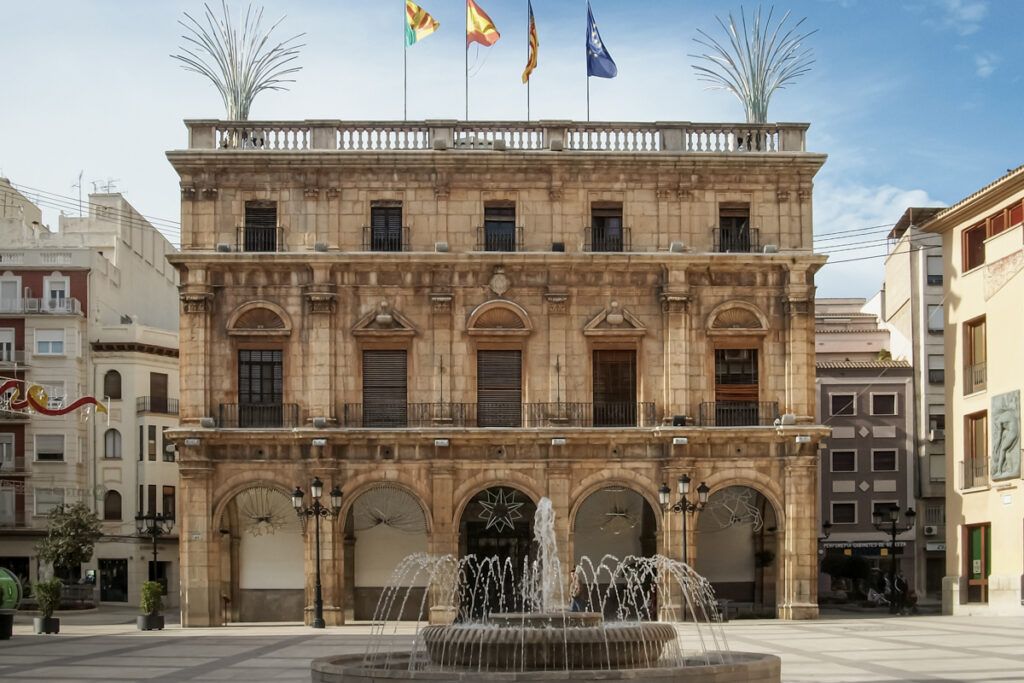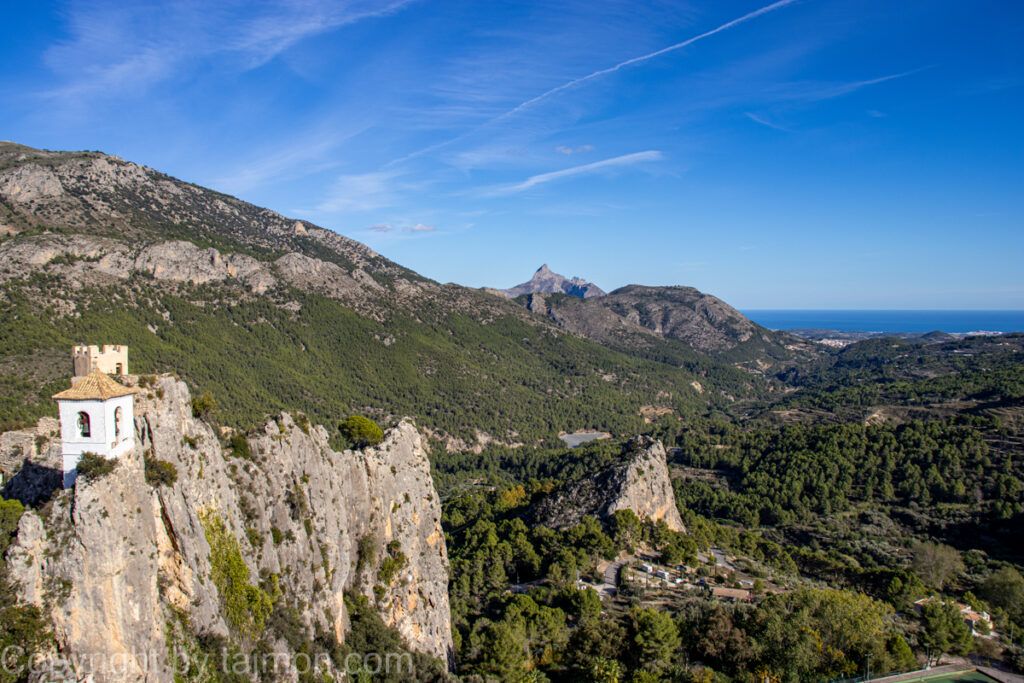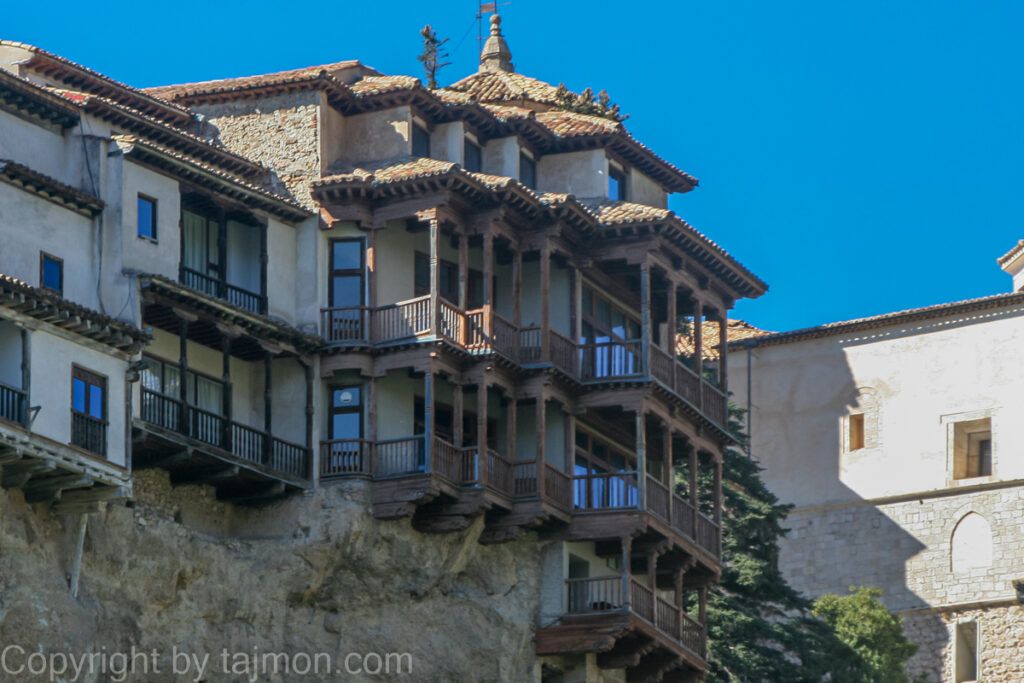Plaza Mayor in Segovia
After visiting the Church of the Holy Cross, we head to the city center, where the Plaza Mayor, or the main square of Segovia, is located. It is a place that is vibrant with life and culture, and where you can admire some of the most important monuments of the city, such as the cathedral, the town hall, the theater, and the fountain. The Plaza Mayor is also a place where various events and ceremonies take place, such as markets, processions, concerts, performances, and patron saint festivals.
The Plaza Mayor is irregularly rectangular in shape and is surrounded by arcades, under which there are shops, cafes, restaurants, and hotels. These arcades are supported by columns with stone shafts and wooden capitals. There are also two monuments in the square: one dedicated to Andrés Laguna, a renowned doctor and humanist from the 16th century, and the other dedicated to Juan Bravo, a hero of the Comuneros uprising in 1520.
On the eastern side of the square stands the majestic cathedral of Segovia, which is the youngest Gothic cathedral in Spain. It was built in the 15th and 16th centuries. On the northern side of the square is the town hall of Segovia, which is the seat of the municipal authorities. It was built in the 17th century, in the Baroque style, and has two floors, the upper one is decorated with balconies and the city’s coats of arms.
On the western side of the square is the Juan Bravo Theater, which is one of the most important cultural centers in Segovia. It was built in 1917, on the site of a former Franciscan monastery, and is the work of the architect Teodoro de Anasagasti. The theater has a facade in the Neo-Plateresque style, with three arcaded entrances and three windows with balustrades. The interior of the theater is horseshoe-shaped and consists of a ground floor, two floors, and a box. The theater has a capacity of 500 seats and offers a rich program of theatrical, musical, dance, and film performances.
On the southern side of the square is a fountain, which is one of the most characteristic elements of the square. It was built in the 18th century, in the Baroque style, and consists of three parts: lower, middle, and upper. The lower part is round and has four spouts in the shape of lions, from which water flows into the basin. The middle part is square and has four corner columns, which support the upper part. The upper part is round and has a statue of the goddess Minerva, the patroness of art and science, at the top.
Return to the table of contents of the Segovia guide >>>>>>>>>>

